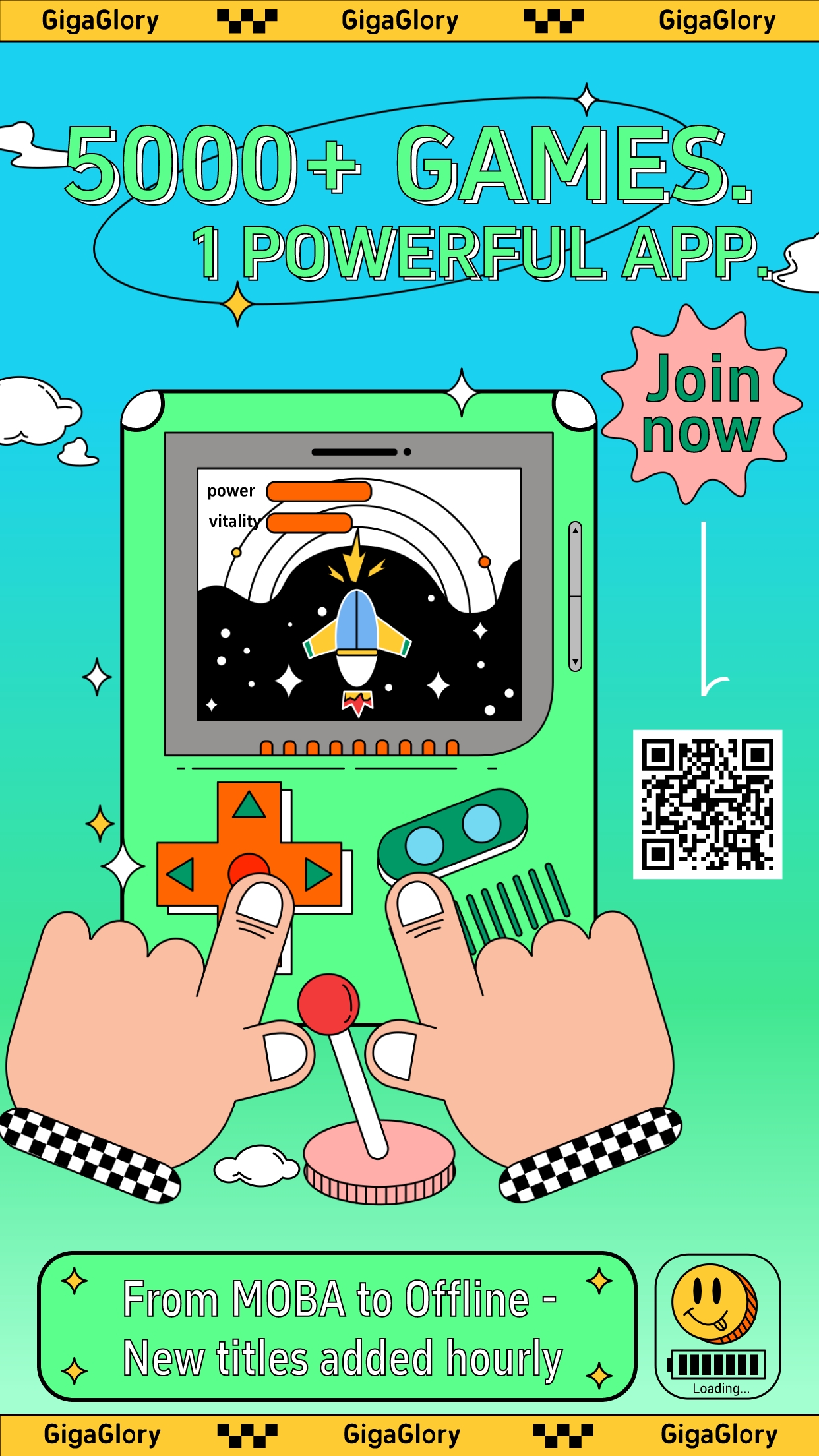The Unexpected Rise of Creative Games
Over the past few years, there’s been a massive boom in creative game apps—especially those classified as casual titles. But how did something once considered “simple" turn into one of the hottest genres? Some say it’s the accessibility factor, others claim mobile optimization has brought new energy to older mechanics and design principles. The rise of this niche has surprised many, but not us. At this point, ignoring its potential would be unwise. Let’s peel back the hype.
A Closer Look at Hyper Casual Games
Hyper casual games might seem easy on first glance, but there’s method behind the madness of developers who make these short, addictive titles that users just keep going back to. They are simple—but intentionally so. This genre thrives on immediate gratification, minimalistic controls and a design strategy meant for micro-interactions, ideal when someone's just passing the time. The most surprising part isn’t how big the audience is—it’s **how young it trends compared to traditional mobile gamers**.
Why Clarity Is Key with Layout-Based Strategy Titles
- Layout design can make or break retention.
- Better spatial planning improves user progression.
- Aesthetics still play second fiddle to clarity for strategic layouts like clash of clans builder base 3 layout.
| Game Type | Average Time Played per Day | User Rating Score | Revenue Growth Year-on-Year |
|---|---|---|---|
| Hyper Casual Arcade | 4 min | ⭐️ ⭐️ ⭐️ ⭐ ½ | ↑ 37% |
| Casual Puzzle Match-Up | 7 min | ⭐ ⭐ ⭐ ⭐ | ↔ No major change |
| Retro-Styled Indie Port | 12 mins | ⭐ ⭐ ⭐ ⭐ ⭐ | ↔ Flat growth |
| Moba Battle Arena App | 26 min | ⭐️ ⭐ ⭐ | ↑ Slight uptrend only during live events. |
Are Strategic Mechanics Gaining New Players Again?
There's always been overlap. However, we’re now seeing hybrid styles merging fun gameplay ideas borrowed from more complex RPG computer games alongside simplified controls used typically found inside ultra-short sessions seen within the hyper-casual sector. Could this mean we are witnessing the renaissance era for interactive storytelling without the long-term time commitments?
This brings up several key points we need to evaluate:- Is layout-based building still appealing for Gen-Z players?
- Do modern graphics distract from intuitive player movement navigation systems?
- To what degree should UI clutter affect early-game experiences negatively for new players?
Giving Players Exactly What They *Think* They Want
It’s easy for anyone to think creative game devs don't have any depth, but truth? Designing for quick immersion while maintaining balance—whether it’s for Clash Of Clans styled bases or rogue dungeon runs—is far harder than people admit. We’ve seen some studios attempt it, then fail quietly due limited monetization structures built too quickly before even validating core mechanics properly.
One area many overlook: testing phases matter more when releasing hyper-casual experiments compared with standard mid-core mobile games where user habits are more entrenched.
Testing Matters – A Case for Beta Validation Cycles
Don't underestimate beta cycles! While large publishers sometimes skip full closed-alpha periods (or rush through them under deadlines) independent studios rely on feedback loops from early testers heavily—especially if they're trying unconventional mechanics that blend aspects of both puzzle solving with RPG elements.
How Does Mobile Creativity Differ From PC-Based Role Playing?
Many assume fun rpg-style elements translate directly from consoles onto handheld devices… wrong assumption. Here’s the difference: Desktop —offers more detailed character customizing
- Complex skill trees feel satisfying when using mouse+keyboard
- Campaign stories go deeper
Mobile: —faster load time
—touch screen simplifies movement
—streamlined decision choices instead of multiple branching dialog options That gap creates opportunity for studios to innovate around "simplified choice" rather than mimic everything seen before across AAA console franchises.



